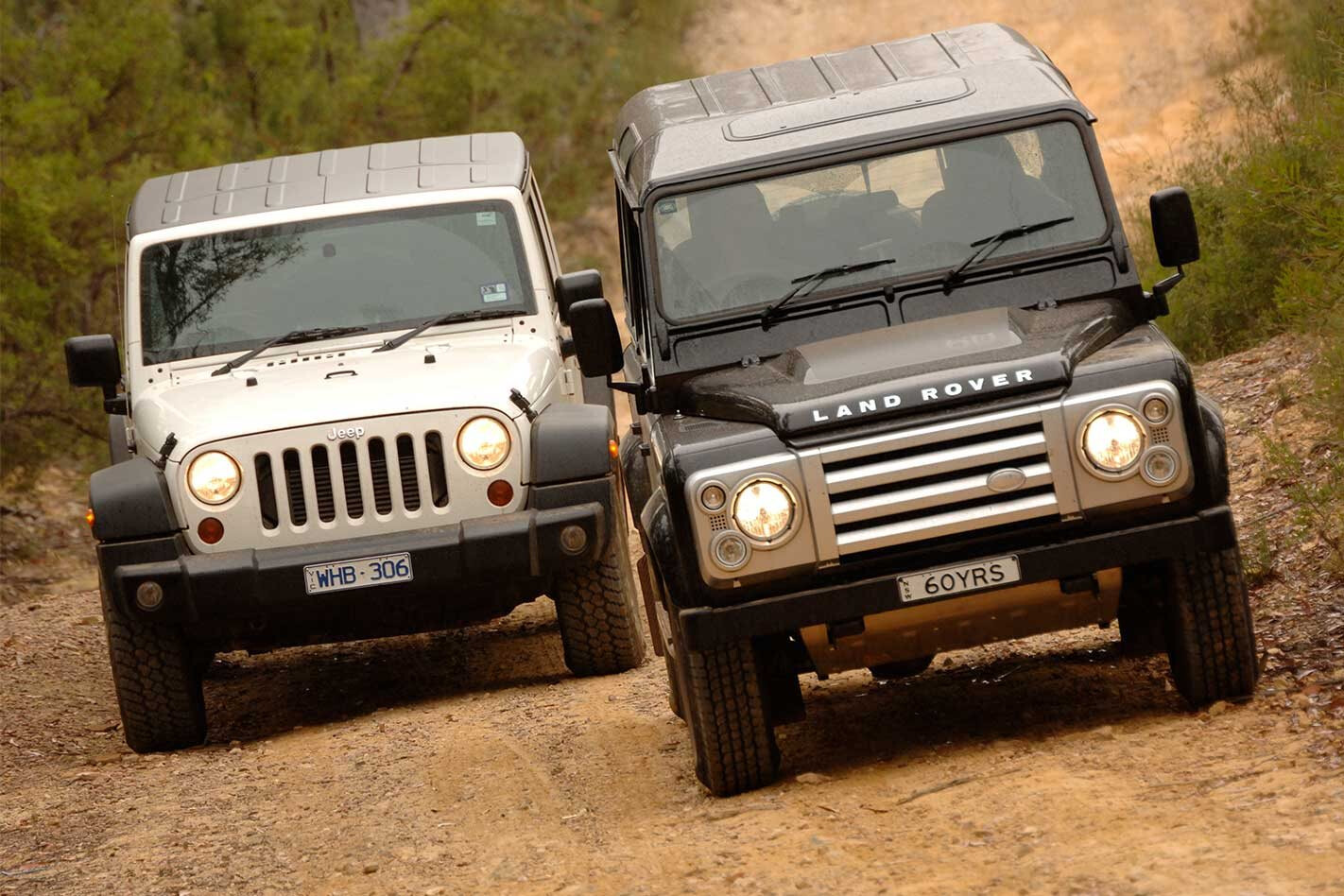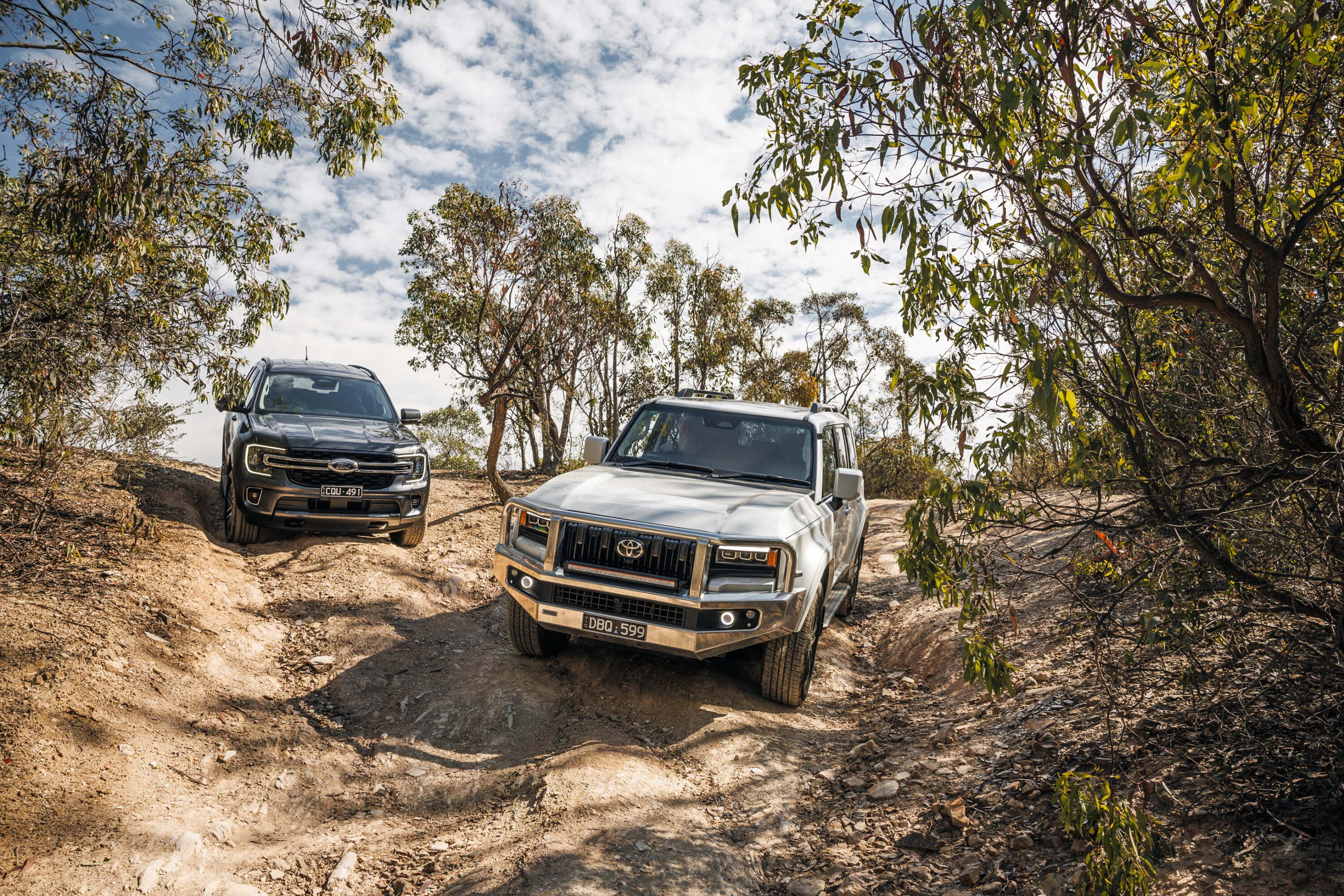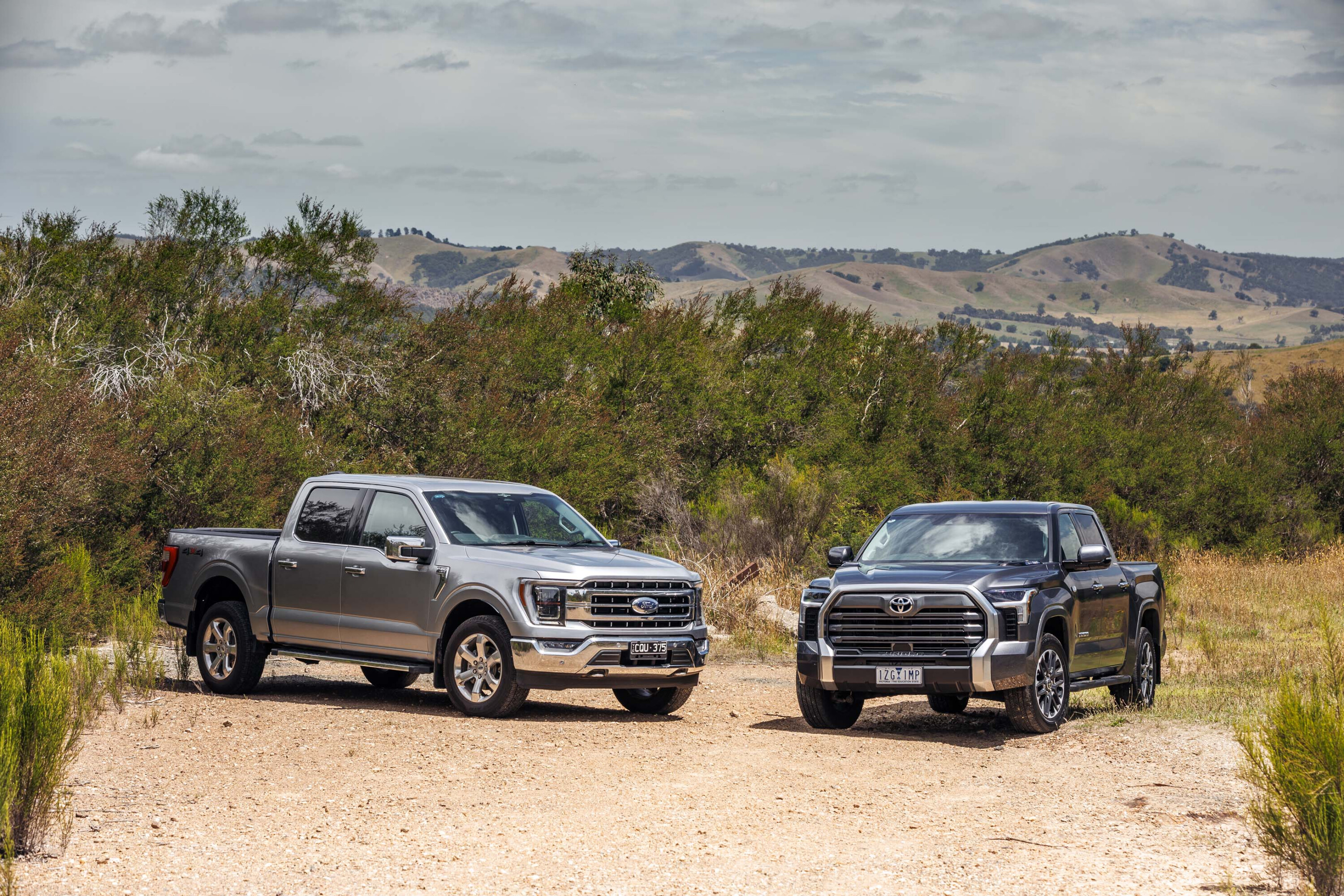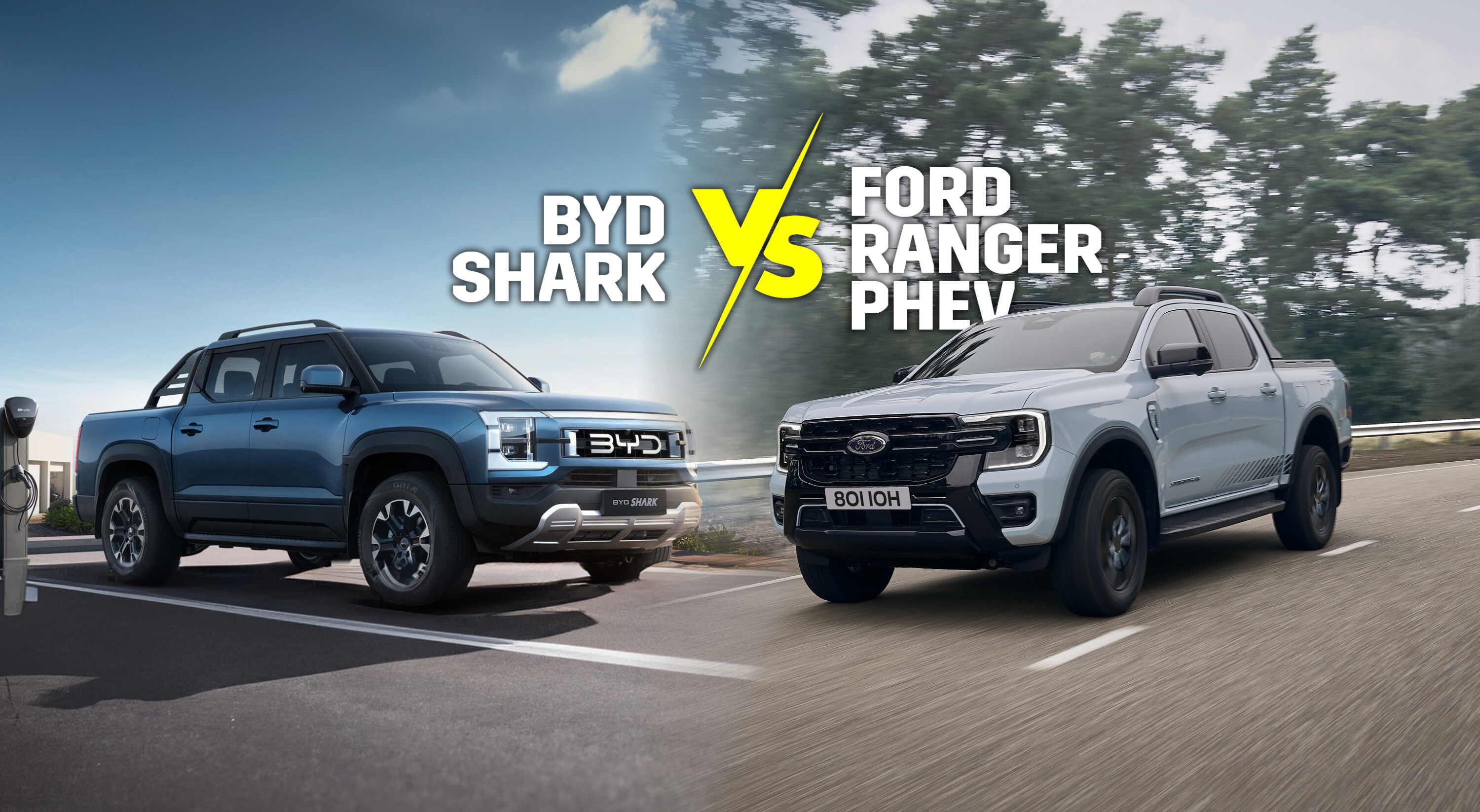No other 4X4 marques can claim the long heritage of Jeep and Land Rover.
This feature was originally published in 4×4 Australia’s March 2009 issue
From before World War II the ‘square-rigged’ pair of the Wrangler and Defender started their development journey and have pioneered many innovations adopted by the rest of the 4X4 world. More than sixty years later, these two bush icons are still fulfilling their utilitarian role.
Hidden progress
Although the squared off, four-door bodywork and broad specifications of the Wrangler Unlimited and the Defender are similar – separate ladder-frame chassis, live beam axles front and rear, coil spring suspension and turbo-diesel power – the design rationales and target markets for these vehicles are quite different.
The Jeep Wrangler Unlimited four-door is a more spacious version of the two-door, but its basic ‘fun’ purpose is unchanged. It has a light, half-tonne payload and is aimed principally at the young, urban dweller, who wants daily transport easily transformed into an ‘escape’ machine.
The Land Rover Defender carries on its workhorse tradition. It’s a utilitarian vehicle with more than double the Jeep’s payload and 1.5 times its towing ability and civilian versions are aimed at the no-frills bush traveller market.
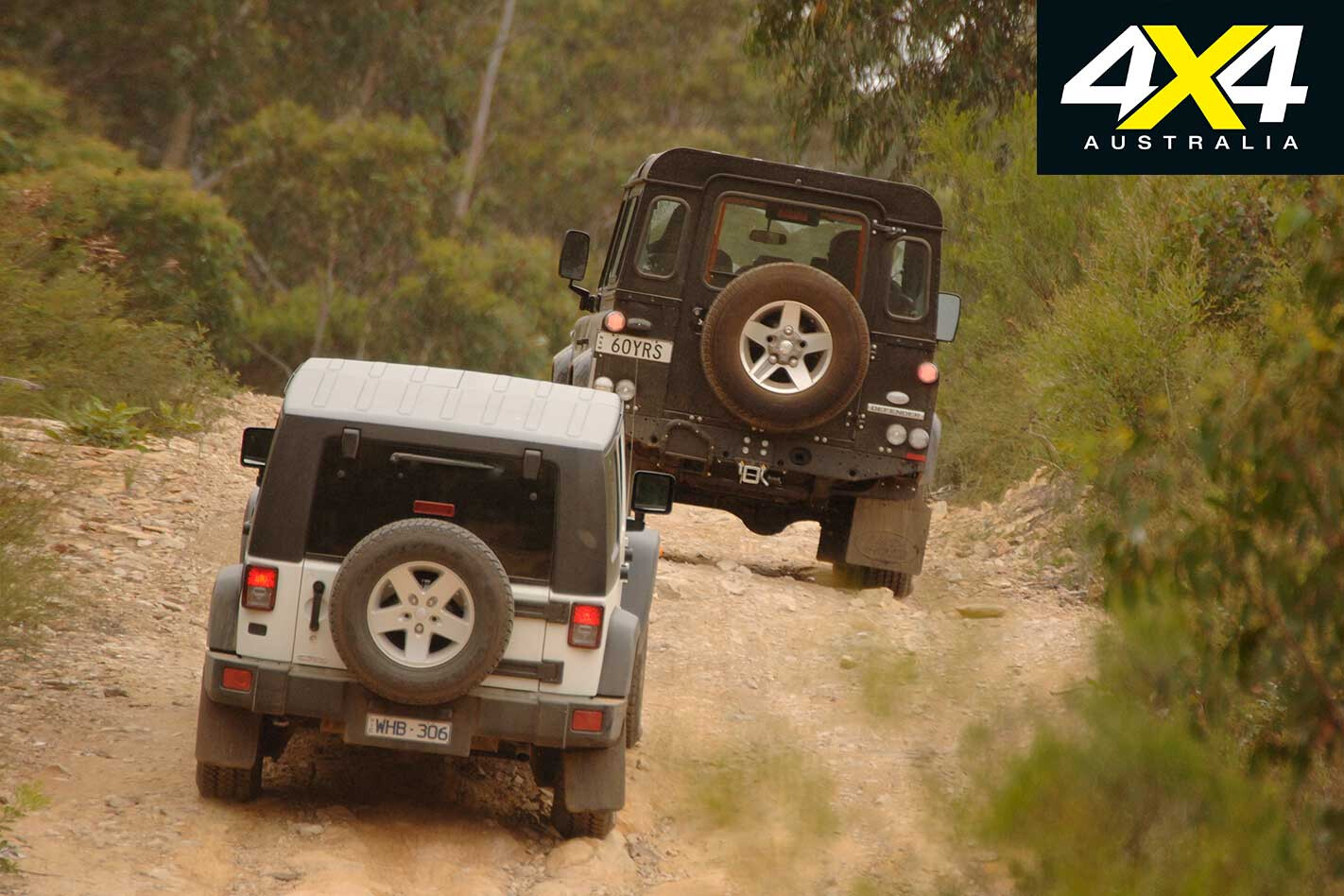
The Wrangler and Defender’s traditional appearances belie the fact that these machines incorporate modern technology: their engines are state of the art turbo-intercooled, electronically injected diesels; they have ABS brakes and electronic traction control; modern sound systems; and airconditioning.
The Jeep adds two front airbags, an automatic transmission option, electronic compass, trip computer, electronic stability control and cruise control.
The test pair
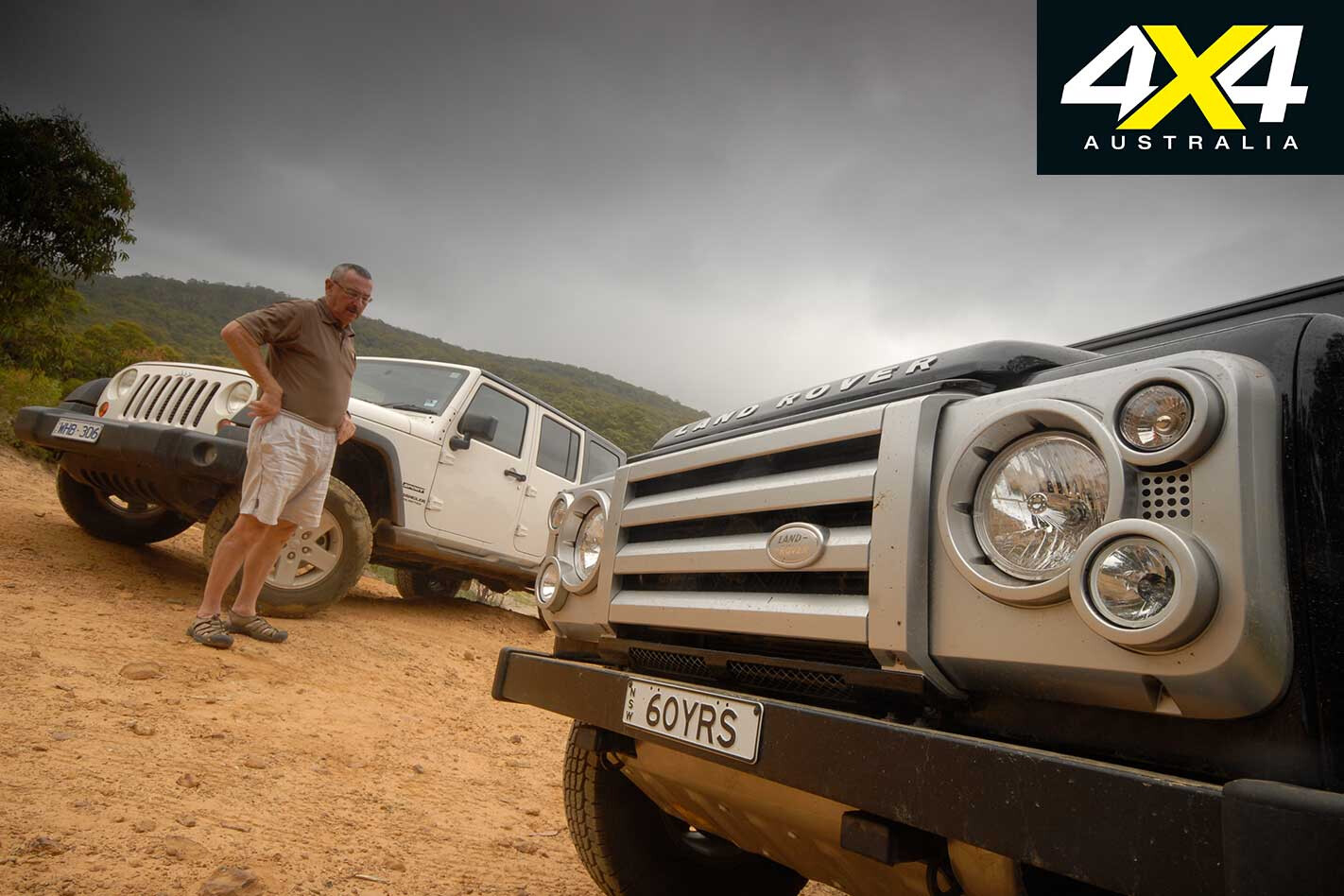
The Jeep Wrangler Sport Unlimited scored some significant upgrades for 2008. Peak torque from the 2.8-litre VM four-cylinder CRD diesel went up to 460Nm in the auto-transmission models, allowing fitment of a 3.73:1 final drive ratio instead of the manual’s 4.10:1 diffs. This taller-ratio final drive drops cruising revs and should enhance economy. Unlimited fuel tank capacity is now 85 litres (up from 79.5).
Wheel size was upgraded to 17-inch and a tyre pressure warning system fitted. The tyres are Goodyear Silent Armor 255/75R17s with a 113T load and speed rating.
We tested a Sport Unlimited auto, fitted with the $3k-option ‘Renegade Pack’: a removable, plastic ‘dual-top’ Targa-style roof section over the front seats, removable rear hard-top; padded sports bars front/rear; seven-speaker CD/DVD MP3 sound system; and tubular side bars.
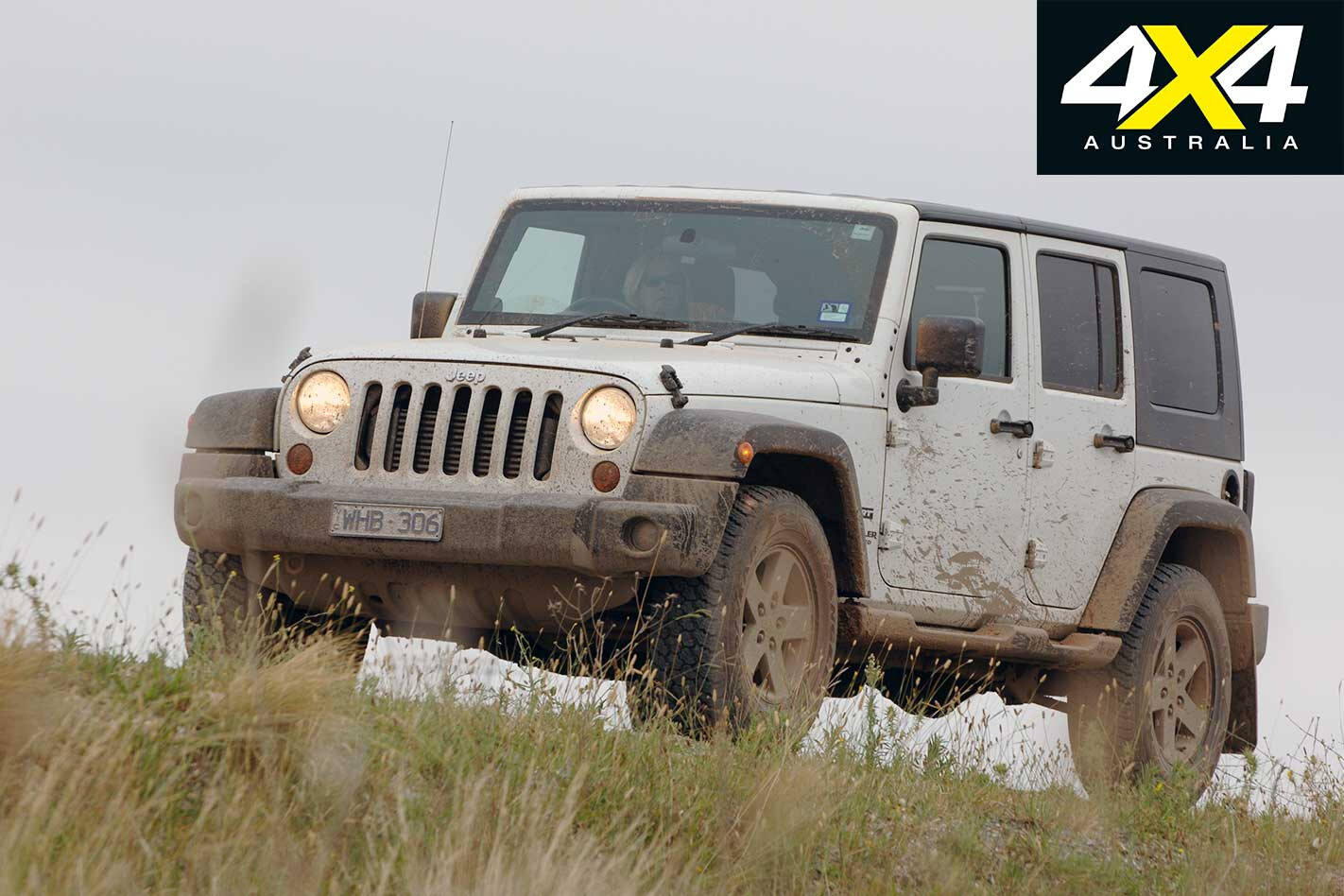
The Jeep also had the $3000-option CRD Off Road Group: electronic front sway bar disconnection and a driver controlled rear-axle differential lock. These options took its RRP to $47,490.
The Land Rover Defender SVX was released to commemorate Land Rover’s 60th anniversary in 2008. Out of 1800 SVX models Australia received 82.
The SVX is available only in black metallic paint, with satin black highlights. There’s a silver-finished SVX grille, 16-inch aluminium wheels, bush-ready 235/85R16 120Q-rated General Grabber tyres, front bash plate, silver SVX and LR badging, LED tail lights and side-steps. The SVX exterior also sports a manual sunroof, heated wash/wipe rear window, heated windscreen and four mudflaps.
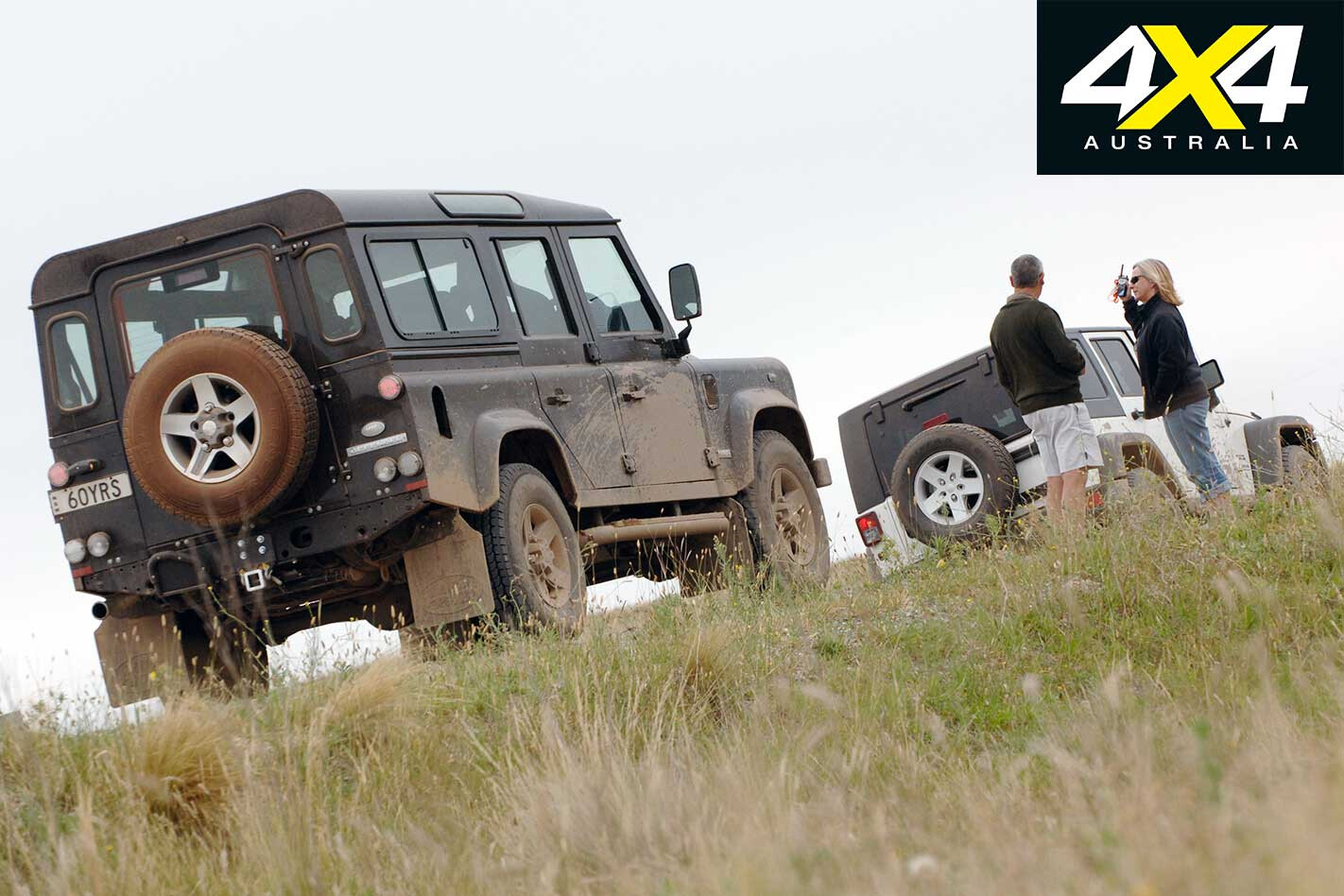
Inside is a pair of leather trimmed, heated Recaro front seats and leather second- and third-row seats. A resized console with interior lighting sits between the front seats and slip-out carpet covers the rubber floor mats.
The dashboard sports SVX silver finish and houses a Clarion High Ice sound system with iPOD interface and Garmin satnav. The steering wheel is leather-wrapped and the gear knobs are silver finished with aluminium caps.
The SVX is an addition to a specification that includes full-time 4X4 with a mechanically operated centre diff-lock and six-speed manual main transmission. The standard Defender has a heady RRP of $48,990 and the SVX kit takes that figure up to $62,990.
On-road
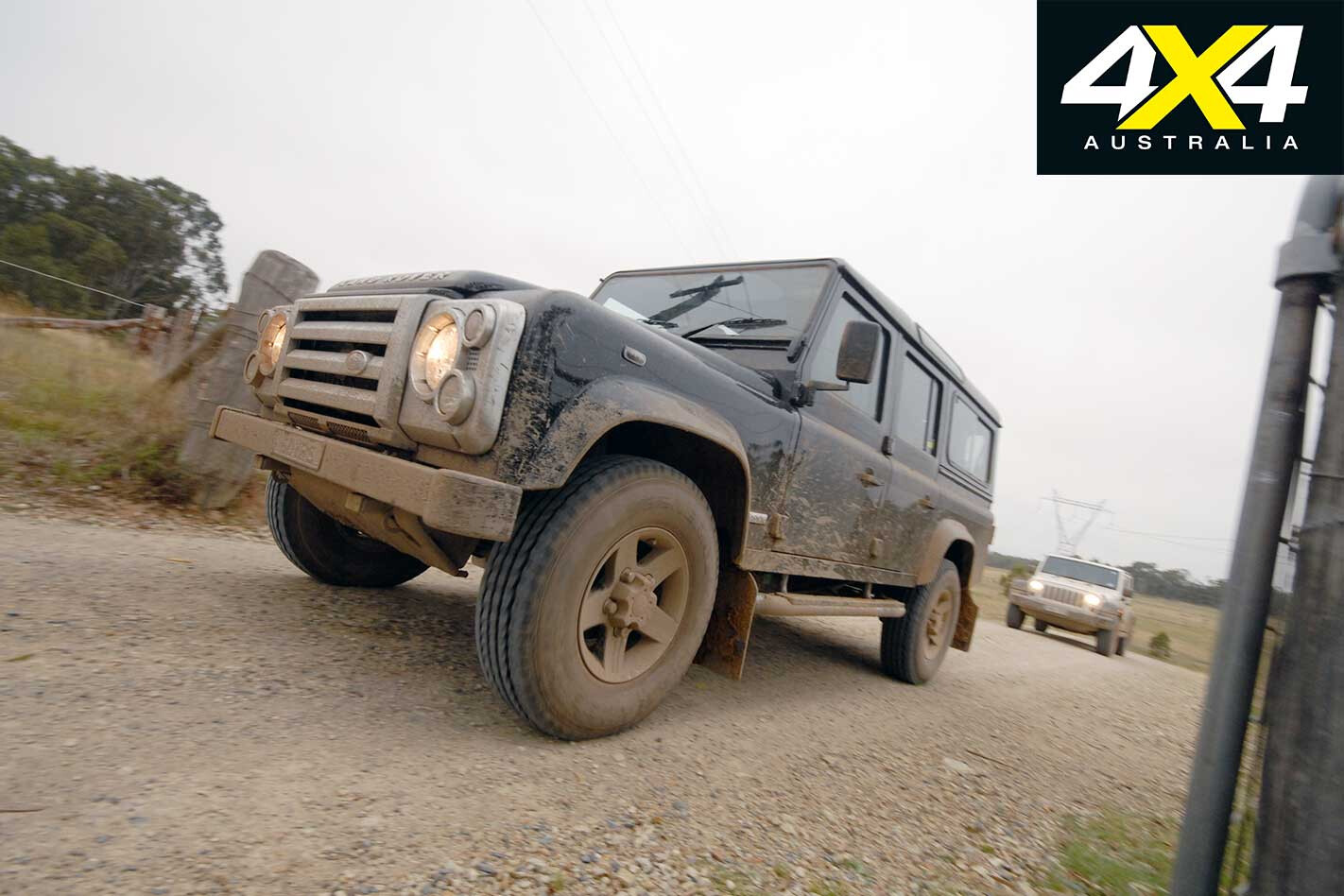
A two- up, two-day bush jaunt with a modest amount of touring kit in each vehicle meant the test conditions favoured the Jeep. Our experience with Defenders is that they come into their own on long trips, when more heavily laden.
A light load in the Defender meant its springing was a tad harsh, but it still had better rough-road ride quality than the softly-sprung and under-damped Wrangler Unlimited. We don’t know what’s happened at Jeep but all recent releases have inadequate shock absorbers that fail to control axle movements properly. Aftermarket shocks – budget a grand for quality monotubes – are must-fits to any new Jeep.
That said, the longer wheelbase Unlimited has much better directional stability than its shorter stablemates. Although limited in dirt road traction by its part-time 4X4 driveline the Unlimited’s longer wheelbase and stability control system combines to keep the four-door Wrangler going where it is aimed.
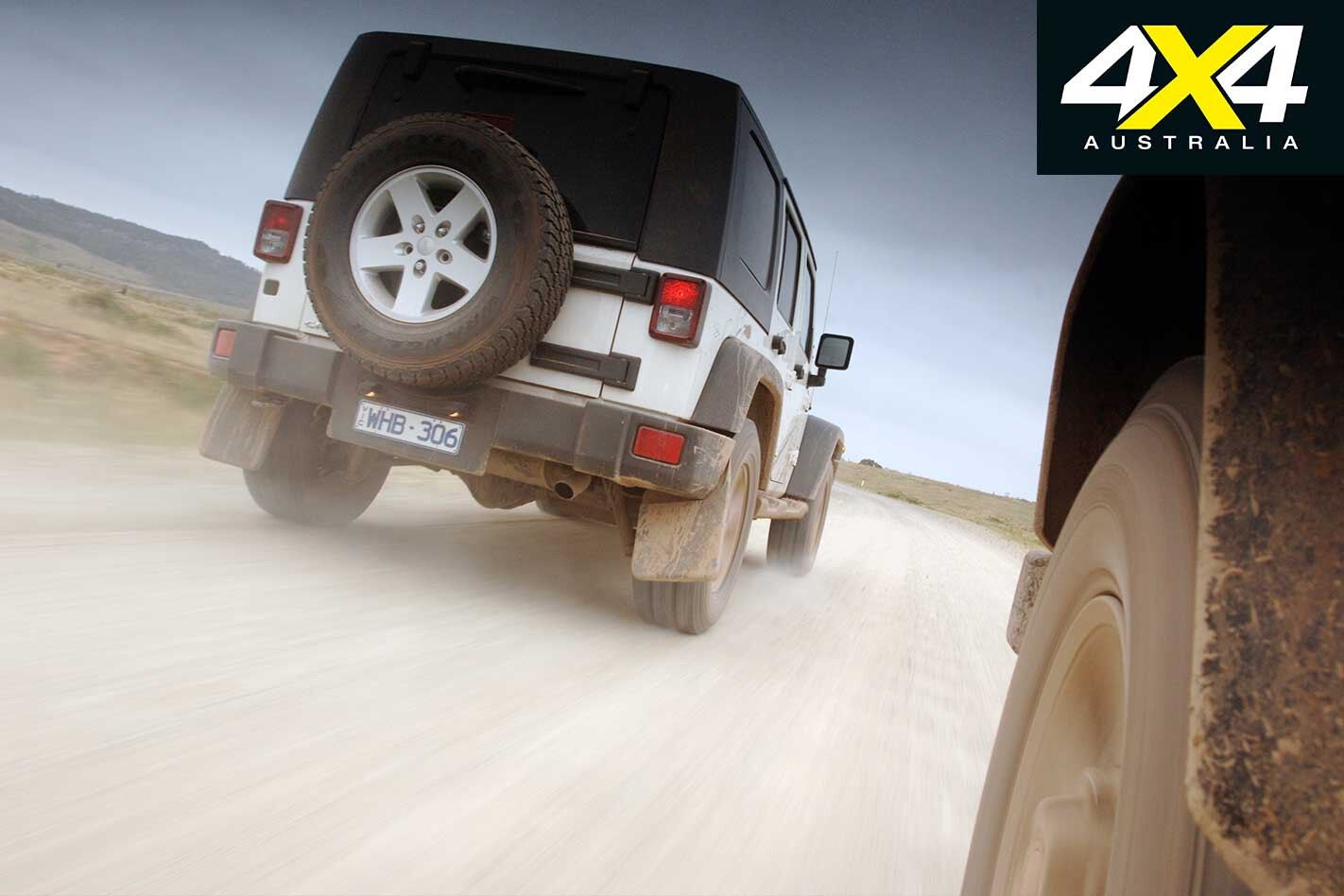
In contrast, the Defender’s firm ride is well damped, giving its full-time 4X4 driveline good grip on rough surfaces. Both vehicles steer accurately, but have wide steering arcs that limit manoeuvrability in tight spaces.
We’ve been asking Land Rover for many years to fit better seats to the Defender and it’s finally happened, albeit only in this high-priced SVX model. The Recaros make a huge difference and our test drivers alighted without the usual post-Defender driving symptoms: the need for neck and back traction and/or a massage. The driver’s Recaro doesn’t fit precisely, being offset to the left of the steering column, but nobody complained about the misalignment.
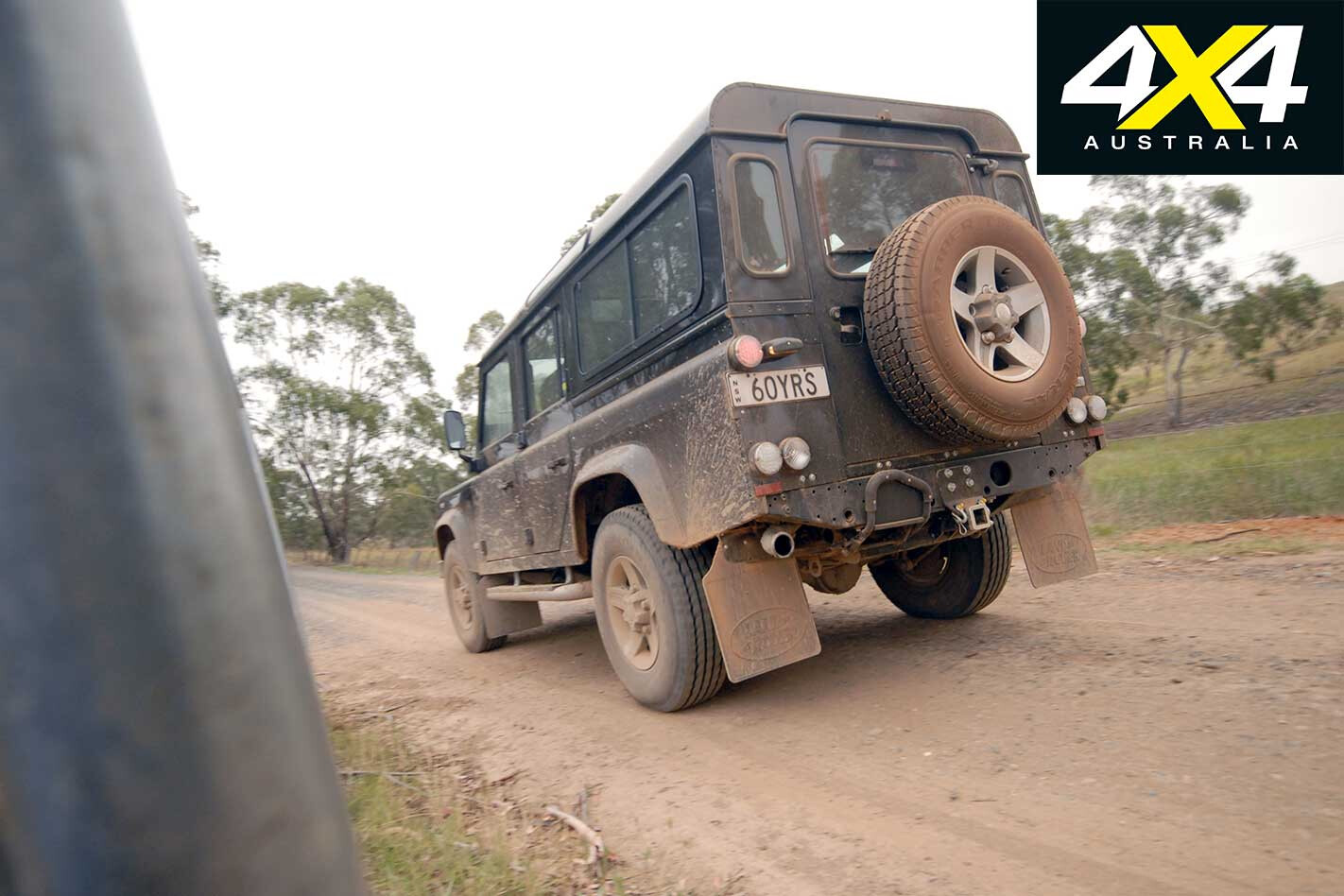
The Jeep seats are as featureless as in previous models but by far the biggest ergonomic problem is the discrepancy in accelerator and brake pedal heights. If you set up the seat reach for accelerator location you have to lift your leg to transfer your right foot to the brake; set up the seat for the brake pedal and you can’t depress the accelerator.
We’ve been nagging Jeep about its ridiculous pedal layout for as long as we’ve been nagging Land Rover about its Defender seats, but so far without results. The Jeep’s saving grace is cruise control, giving the driver’s elastic right leg some respite.
Forward vision in both is good, but the Wrangler wins the wiper/washer points, for its generous spray pattern. The Defender’s tiny wipers are shockers.
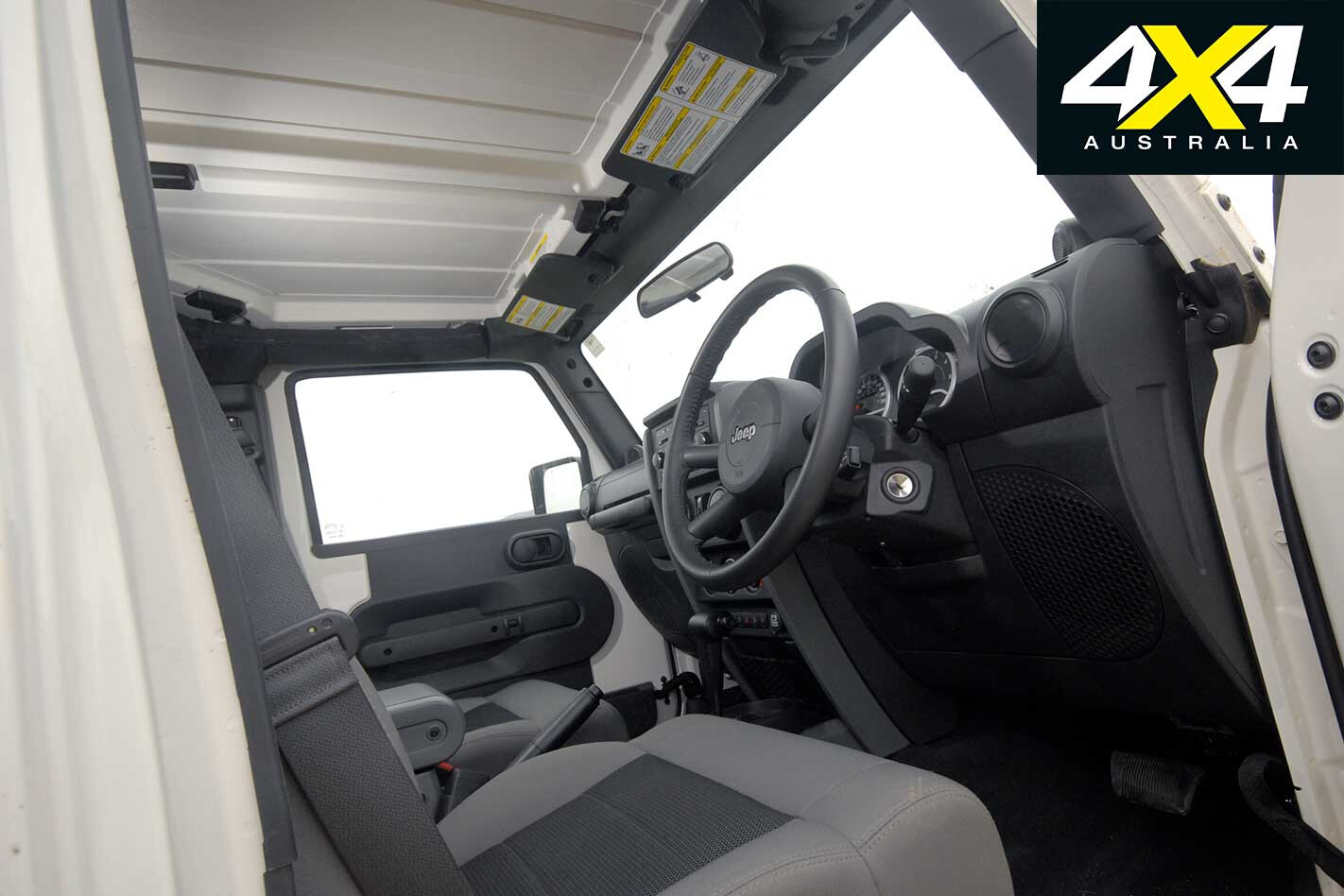
Rear vision isn’t brilliant out of either vehicle, thanks to small rear windows. Neither has power mirrors, but the Jeep has an excuse – removable front doors and windscreen. There’s no excuse for the Defender’s tiny, vibrating glasses.
Both machines have good sound systems but the Defender’s tiny button controls frustrate and there’s too much road, wind and mechanical noise for the Clarion call to overcome. The Jeep’s far lower interior noise level means you can appreciate the Renegade Pack’s top system.
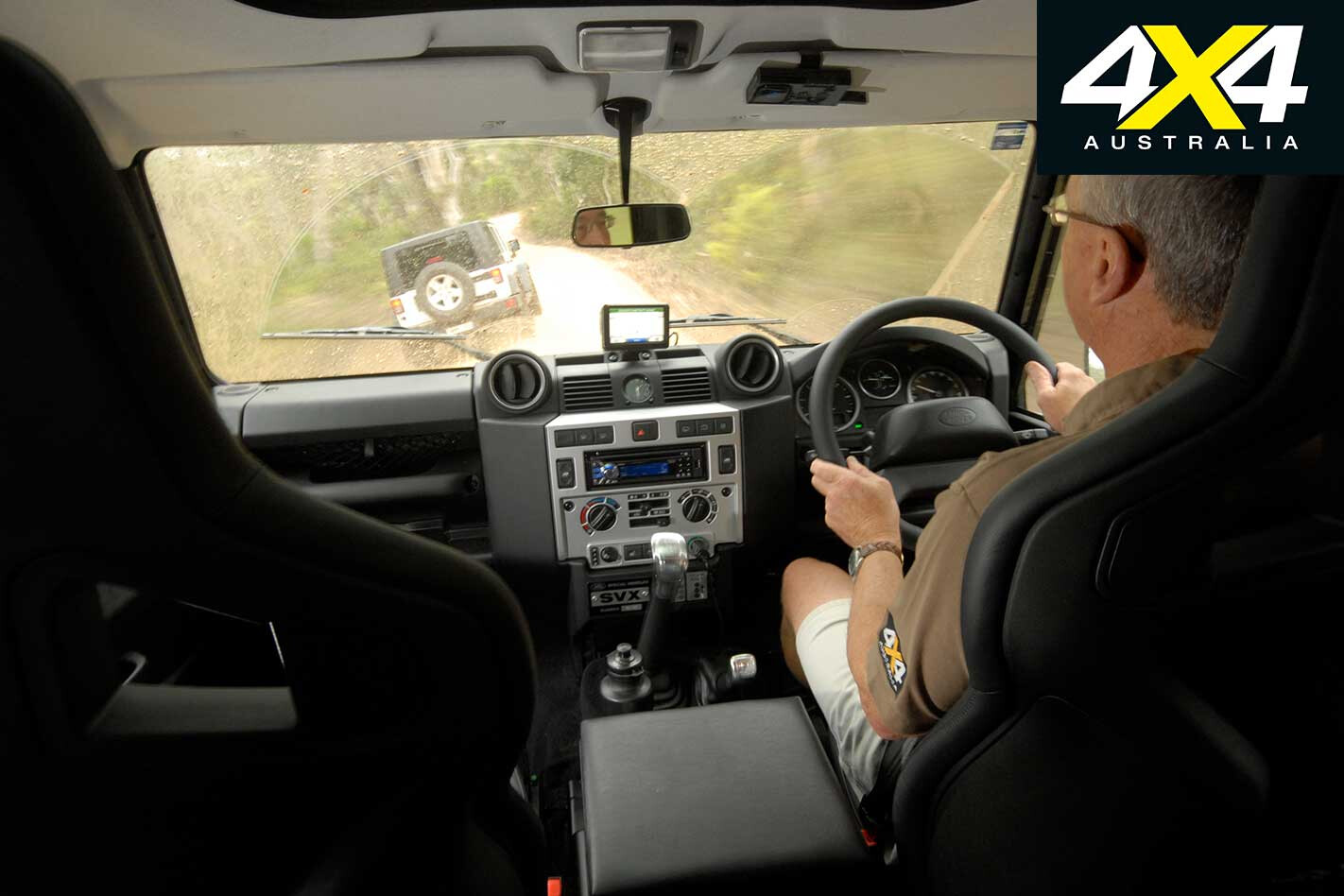
Performance-wise, the Jeep’s 50 percent better power output and 25 percent higher torque peak is obvious. Hills that see the Defender back a gear or two and losing speed don’t cause the Jeep auto box to drop out of overdrive lock-up.
During the test both vehicles returned fuel economy figures of 12.5L/100km.
Off-road
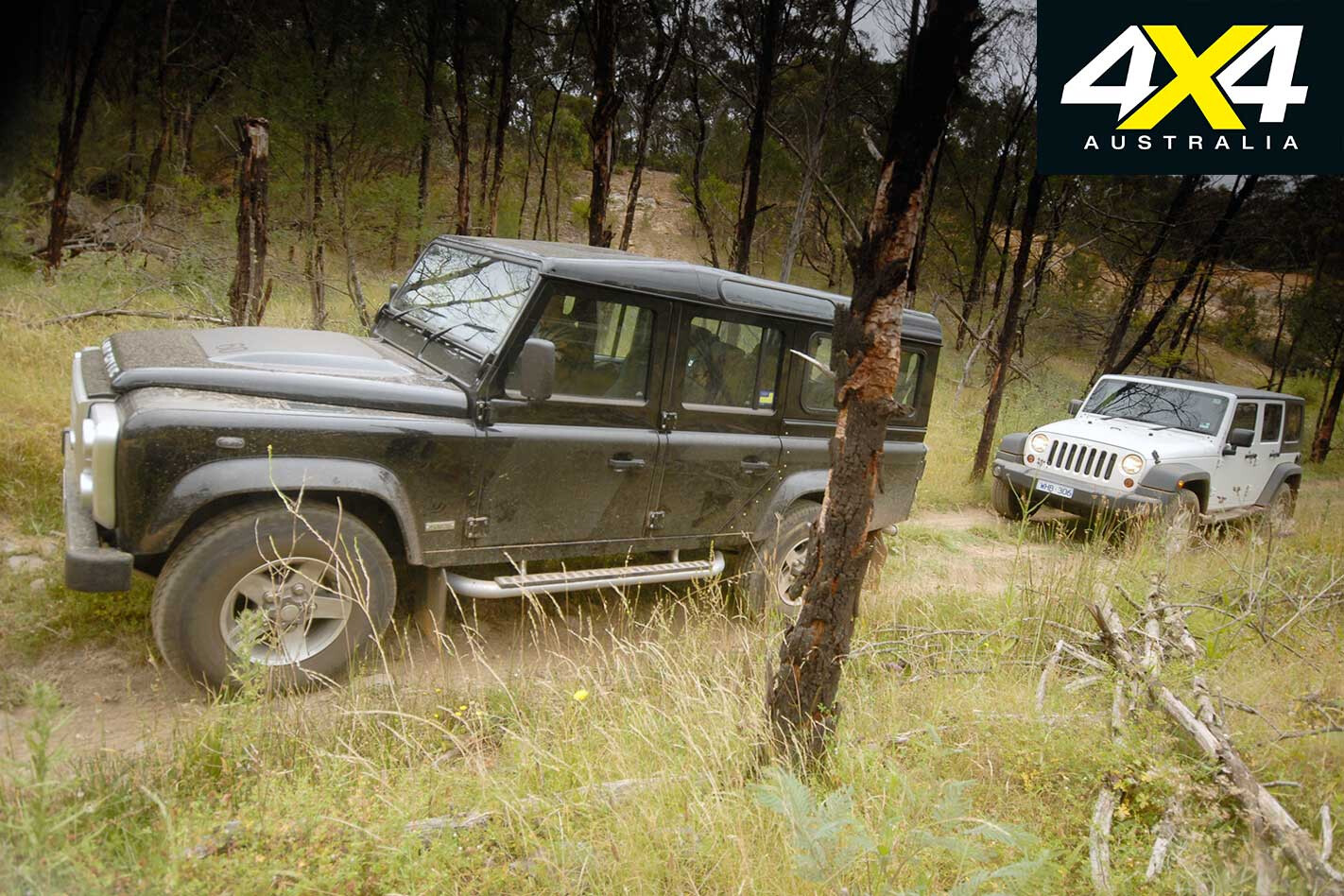
We confined off-road testing to trails, because the previous Wrangler outpaced the Defender in sand and the latest Jeep has more grunt. However, it needs a better engine air intake than the current water-splash vulnerable one, plus stone-strike protection for an intercooler that sits behind an unmeshed grille. A plus is its high performance Ultima battery.
With its truck-engine’s low-speed torque, deep reduction gearing, long-travel suspension, lockable centre differential and traction control the Defender is a class act on trails. Very few vehicles can go where the Defender can but, as we discovered, the Wrangler Unlimited with the Off Road Group option fitted is one of them. In fact, the Jeep outclassed the Land Rover, using less traction control action and with almost no wheel spin.

For steep, rocky climbs we locked the Defender’s centre diff and let it amble over rock shelves with its ample torque, while the TC system controls wheel spin. The Jeep needs a little more pre-climb preparation: a push on the front anti-sway bar disconnection switch and a push on the rear diff-lock switch. (In low range the Jeep’s ESP system is automatically disengaged, except for the across-axle traction control function.) Thus set up the Wrangler walks over everything its approach angle allows, with almost no traction control input. Front axle oscillation is noticeably better than Defender.
We’ve been pleading with Jeep to produce a diesel-powered Rubicon, but having driven this optioned Sport we think a Rubicon version may be overkill.
Horses for courses
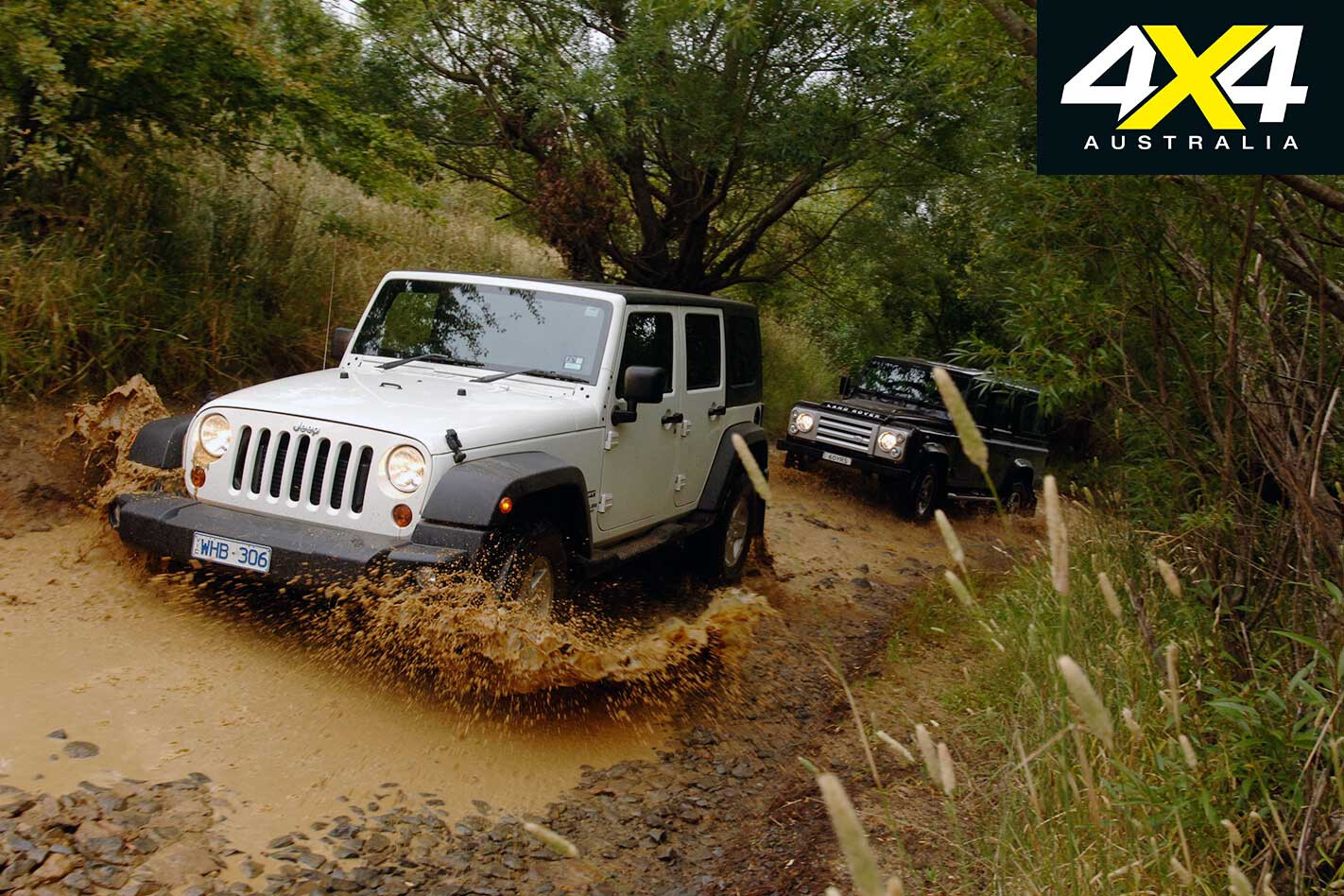
The design rationales and target markets for these two vehicles are quite different. The Defender has the inherent strength to be packed with a family’s bush necessities and haul 3.5 tonnes as well. With a trailer it can gross up to seven tonnes. The Jeep is smaller, with a 2.3-tonne towing capacity. The Wrangler Unlimited grosses out under five tonnes with trailer.
The Defender can comfortably seat seven adults, where the Wrangler is comfy for four and a squeeze for five. However, if it came to having an accident in either vehicle, we’d rather be in the Jeep.

The Defender is out of place in town: it’s too tall for many underground car parks and its giant turning circle further restricts city ability. The engine needs stick-stirring and that’s hampered by a heavy clutch action. Getting in and out is a pain for the vertically disadvantaged. You can almost hear a sigh of relief from the Defender when it leaves the urban sprawl behind and its stubby noise points towards the wide open spaces.
However, when Land Rover was planning the 60th anniversary version it had the opportunity to make more than cosmetic changes to the Defender. True users would rather have larger, powered rear vision mirrors, cruise control and better safety than ‘SVX bling’.
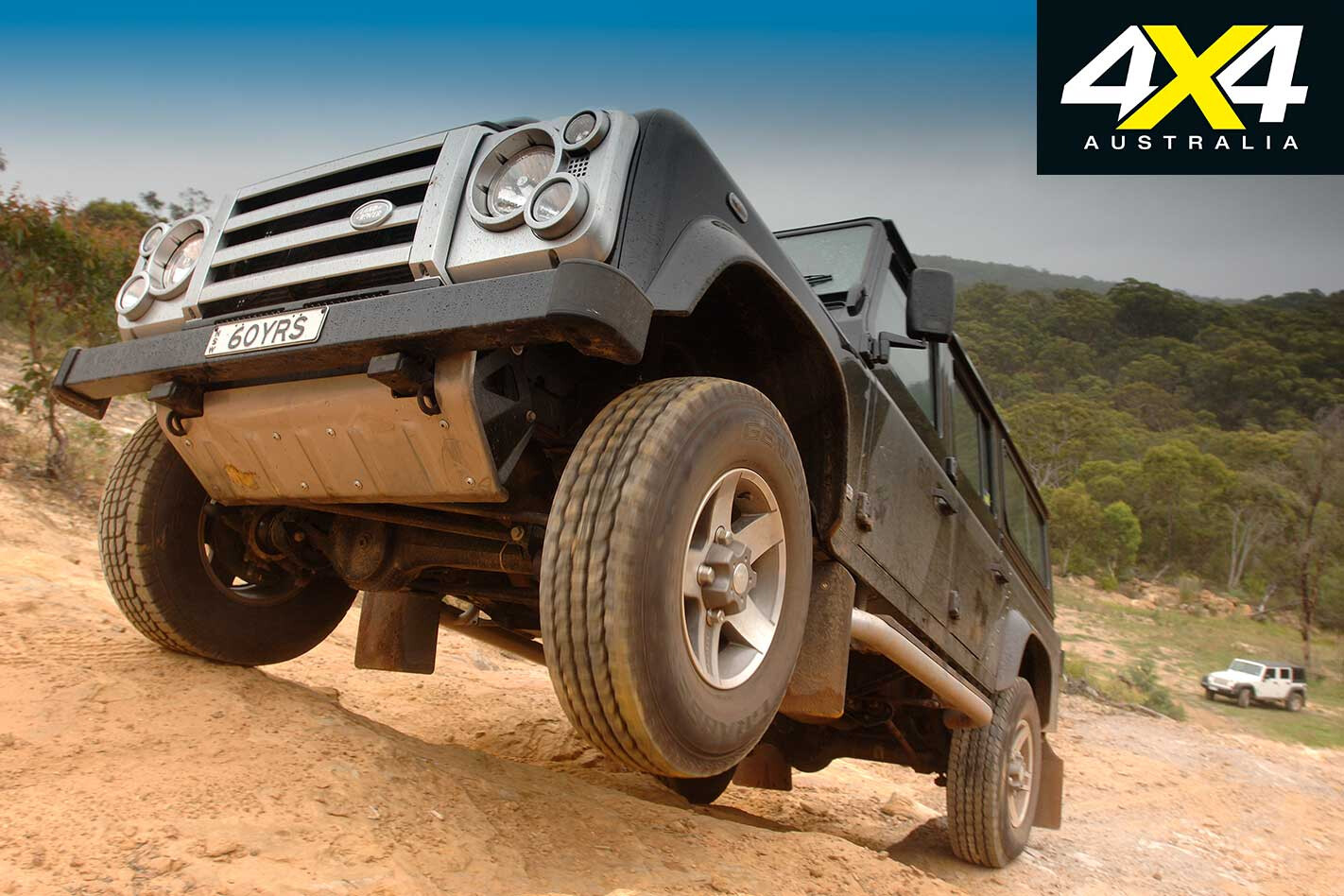
The Wrangler is different, although, like the Defender, its turning circle is vast. The Jeep feels at home in town yet take it off-road (beach or bush) and you have a doorless, screenless fun machine.
In value for money terms the optioned-up Jeep Wrangler Unlimited is a clear winner over the expensive Defender SVX. Defender fans would be better off buying a stocker and fitting Recaros.
Specifications
| u00a0 | Jeep Wrangler Unlimited | Land Rover Defender SVX |
| Priceu00a0 | $47,990 | $62,990 |
| Engine | ||
| Type | 2768cc four-cylinder DOHC, common-rail intercooled turbo-diesel | 2402cc four-cylinder DOHC, common-rail intercooled turbo-diesel |
| Bore/Stroke | 94.0 x 100.0mm | 89.9 x 94.6mm |
| Compression | 17.5:1 | 17.5:1 |
| Power | u00a0130kW @ 3800rpm | u00a090kW at 3500rpm |
| Torque | u00a0460Nm @ 2000rpm | u00a0360Nm at 2000rpm |
| Transmission | ||
| Type | 5-speed auto | u00a06-speed manual |
| Ratios (overall) | ||
| 1st | 3.000 (11.190/30.437)u00a0 | u00a05.443 (23.334/62.988) |
| 2nd | u00a01.670 (6.229/16.943) | u00a02.839 (12.171/32.854) |
| 3rd | 1.000 (3.730/10.146)u00a0 | u00a01.721 (7.378/19.916) |
| 4th | u00a00.750 (2.797/7.609) | u00a01.223 (5.243/14.153) |
| 5th | u00a00.670 (2.499/6.797) | u00a01.000 (4.287/11.572) |
| 6th | – | u00a00.742 (3.181/8.587) |
| Reverse | u00a03.000 (11.190/30.437) | 4.935 (21.156/57.109)u00a0 |
| Final drive | u00a03.73:1 | 3.540u00a0 |
| High ratio | u00a01.000 | u00a01.211 |
| Low ratio | u00a02.72:1 | u00a03.269 |
| Suspension | ||
| Front | u00a0Live axle, leading arms, coil springs,u00a0gas/oil dampers, stabiliser bar | u00a0Live axle, leading arms, Panhard rod, coil springs, gas/oil dampers |
| Rear | u00a0Live axle, trailing arms, coil springs,u00a0gas/oil dampers,u00a0stabiliser bar | u00a0Live axle, A-arm, coil springs, gas/oil dampers |
| Steering | ||
| Type | u00a0Power-assisted recirculating ball and nut | u00a0Power-assisted worm and roller |
| Brakes | ||
| Front | 332mm ventilated discs, ABS, brake assistu00a0 | 298mm ventilated discs, ABSu00a0 |
| Rear | u00a0316mm solid discs, ABS, brake assist | u00a0298mm solid discs, ABS |
| Wheels | ||
| Material | u00a0Alloy | Alloyu00a0 |
| Size | u00a017x7.5J | 16×7.0Ju00a0 |
| Tyres | ||
| Type | u00a0Goodyear Silent Armor | General Grabberu00a0 |
| Size | 255/75R17 113Tu00a0 | u00a0235/85R16 V |
| Dimensions | ||
| L/W/h | u00a04751/1877/1840mm | u00a04639/1790/2021mm |
| Wheelbase | u00a02947mm | 2794mmu00a0 |
| Track (f/r) | u00a01572mm/1572mm | u00a01486mm/1486mm |
| Turning circle | u00a012.25m | u00a012.8m |
| Clearance | 255mmu00a0 | u00a0314mm |
| App/Dep/Ramp | 38.4u00ba/20.8u00ba/31.4u00bau00a0 | u00a049u00ba/34.6u00ba/30.3u00ba |
| Kerb Weight | u00a02145kg | u00a02041kg |
| GVM | 2540kgu00a0 | u00a03050kg |
| Payload | u00a0395kg | u00a01010kg |
| Fuel Tank | u00a085 litres, diesel | u00a075 litres, dieselu00a0 |
| Towing Capacity | ||
| Braked | u00a02300kg | u00a03500kg |
| Unbraked | u00a0750kg | u00a0750kg |
History of the Jeep
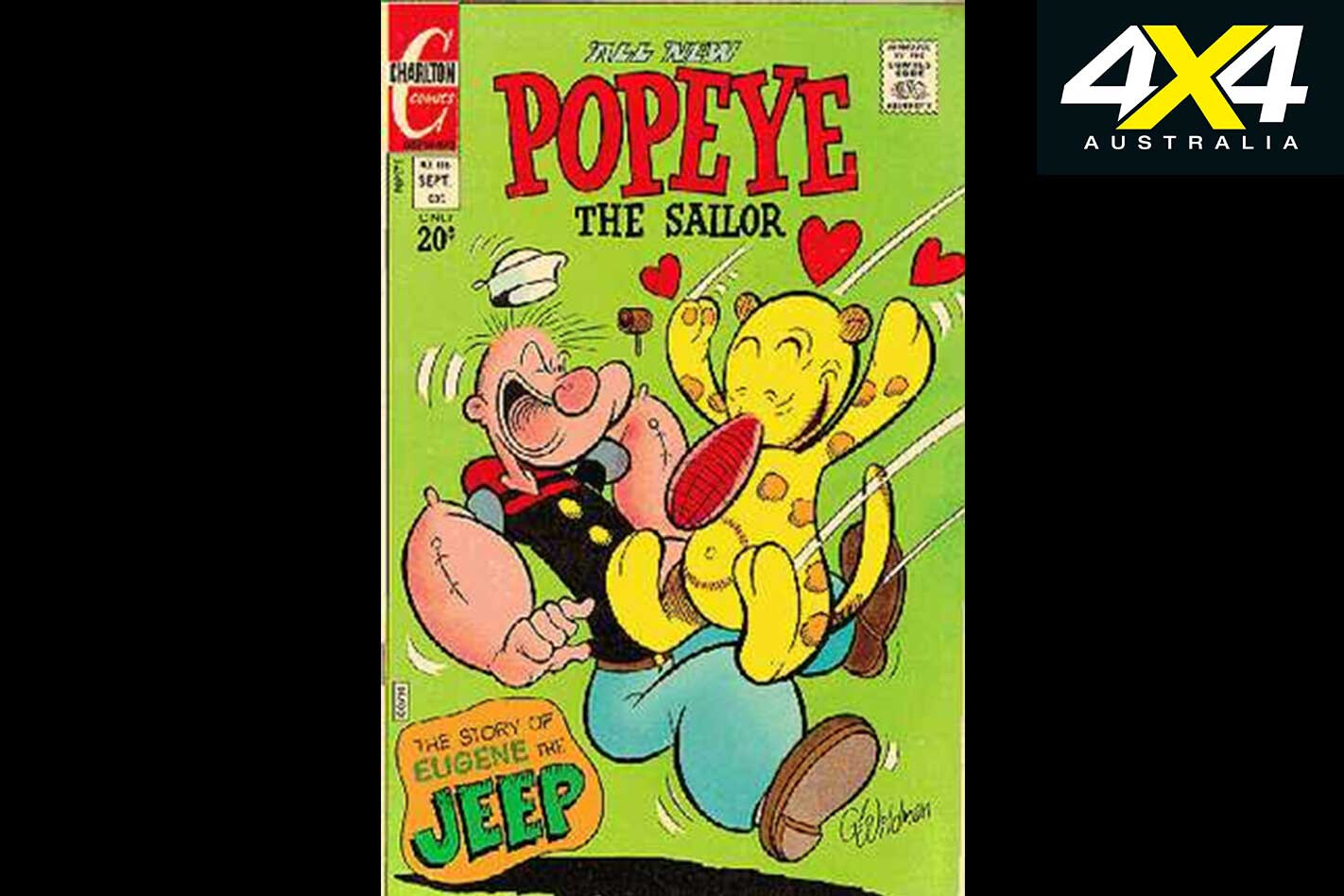
It started with the World War II ‘Jeep’ – a name derived from a 1930s comic strip character in E C Segar’s ‘Popeye’ series. It was a puppy-like creature, able to travel anywhere rapidly and solve myriad problems. These abilities saw the name ‘Jeep’ applied to several prototype 4X4s and, eventually, to the US Army’s General Purpose, quarter-ton machine.
The first Land Rover was an unashamed copy of the Jeep, but with the farmer in mind, not the soldier. Aluminium panels were adopted because there was post-war surplus aircraft material, but no automotive sheet steel.
Today, when you look at the Wrangler and the Defender, the 1940s heritage remains the chief appeal of these icons.

